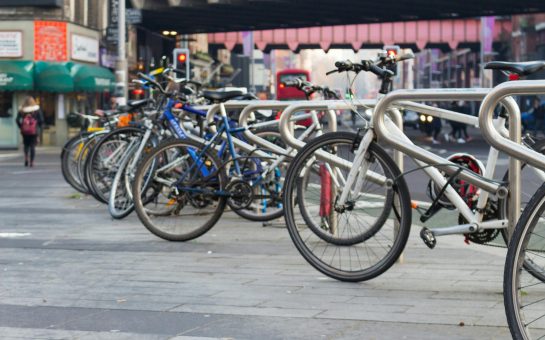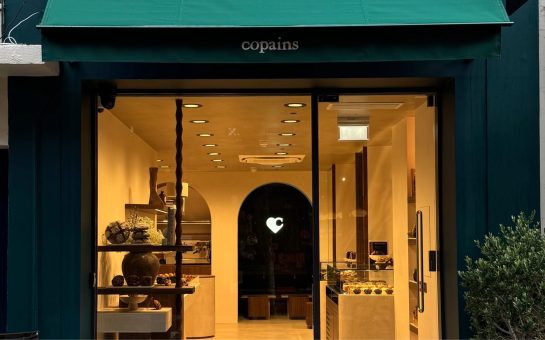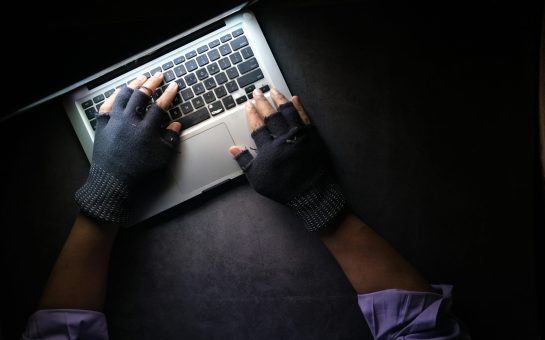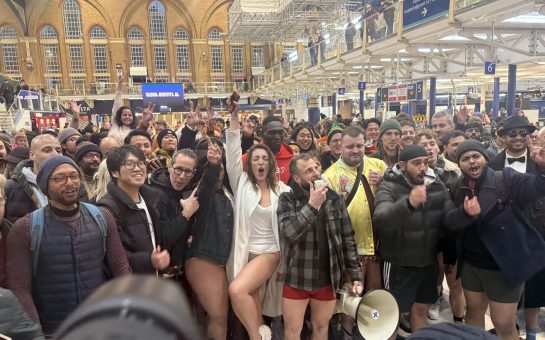Homelessness has continued to rise in the capital during the pandemic and the beginning of 2021, despite government and community efforts, data released by the Greater London Authority revealed.
The Greater London Authority released new data derived from the Combined Homelessness and Information Network (CHAIN), displaying information of people seen rough sleeping by outreach teams from April 2020 to March 2021.
Despite emergency measures during the pandemic, 11,018 people were seen sleeping rough in London during 2021/22, a 3% increase compared to the previous year’s figures.
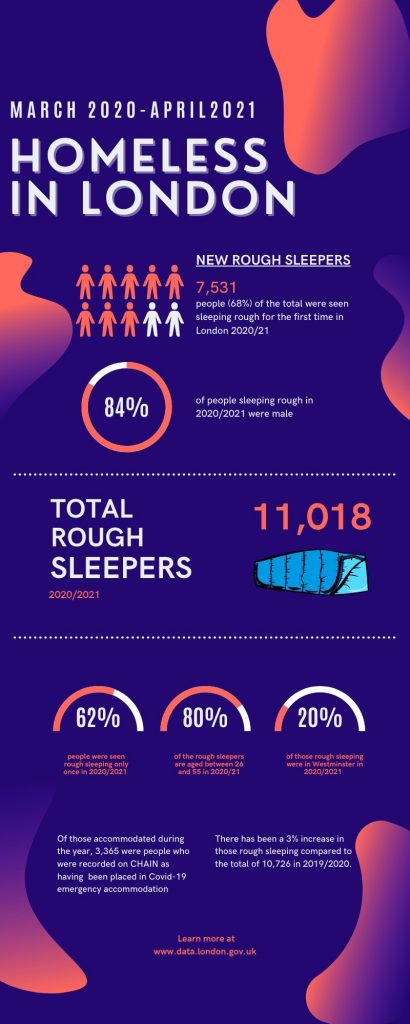
This is a 36% over the last three years, demonstrating the issue the pandemic has caused for many Londoners.
Overall, the number of people rough sleeping in London has increased 94% in the past decade.
To counteract this, in March 2020, during the early stages of the pandemic, the Government launched the Everyone In campaign.
The campaign required local authorities to take urgent action to help rough sleepers, and those at risk of rough sleeping to protect people’s health and reduce the wider transmission of COVID-19.
The requirements were ‘self-contained’ rooms with toilets and food services or rooms with minimal sharing facilities to enable people to practise social distancing and self-isolate, as appropriate.
However, despite this effort there was still a record of 7,531 people seen rough sleeping for the first time in London, 68% of the overall total and a 7% increase on the previous year.
Out of these new rough sleepers, 75% reported they had come to the streets from some sort of long-term accommodation.
Rick Henderson, CEO at Homeless Link said: “We find ourselves at a precipice. Without decisive action, much of the good work of the past 15 months risks being undone.
“It’s easy to think of this in broad numbers, but these are real lives, stories of people let down by a system that should protect them”.
Of people seen rough sleeping, 56% were helped into accommodation during the year, including 3,365 given spaces at the emergency ‘Everyone In’ COVID-19 hotels.
As in previous years, the borough in which the greatest number of people were seen rough sleeping was Westminster, with 2,162 people (20% of the overall total).
This is however a smaller sum to the previous year that recorded 2,757 rough sleepers in Westminster.
Out of the top five boroughs the biggest increase was in Lambeth which recorded 581 rough sleepers, compared to 431 the previous year.
However, as numbers reduced in some of the London inner boroughs, increases were recorded in some outer boroughs.
Stock: People were seen rough sleeping in 2019/20
Flow-Identified: People who had never been rough sleeping prior to 2020/21, who were recorded with a name.
Flow-Unidentified: People who had never been seen rough sleeping prior to 2020/21, who were recorded without a name.
Steve Douglas CBE, Chief Executive at St Mungo’s said: “What we find worrying is the fact that, despite unprecedented work, the overall figure of people seen rough sleeping, and the number of people who were seen for the first time, have both increased.
“As the pandemic restrictions begin to lift, we must ensure that a return to normal does not mean a return to the rising homelessness, or that a tapering off of support measures results in an increased flow of people ending up on the streets.”
The Salvation Army is calling on the Government to provide significant new resources as a matter of urgency to help local authorities address the crisis before it spirals out of control.
In March 2021, the Government announced £203 million in funding for its national Rough Sleeping Initiative (RSI) to help people experiencing rough sleeping to rebuild their lives, fulfilling a manifesto promise to eradicate rough sleeping by the end of this Parliament.
Loritta Jackson, Director of Homelessness Services at The Salvation Army said: “The Everyone In programme showed that the Government has consistently underestimated the number of rough sleepers.
“It must take action immediately to address this issue if it is to stand a chance of meeting its manifesto commitment to eradicate homelessness by the end of this Parliament.”
The next quarterly data, which covers April to June, will be released on 30 July.
Featured image credit: Garry Knight on Flickr under CC BY 2.0 license
